Willis Lamm's
Traffic Signal Collection
|
|
LFE / Automatic Signal
12 Inch Signal Features
|
|
There are a number of revisions to 12 inch LFE Polycarbonate signals. The earlier versions had a plastic terminal strip in which individual brass inserts were pressed into the holes for the screw terminals to screw into. All of the earlier signals had reflectors that attached to the doors. As the signal design evolved, the polycarbonate terminal configuration was replaced with conventional terminal blocks that pressed onto polycarbonate studs. After Eagle took over LFE, the housings included studs for conventional swing out reflectors, basically the same as Eagle used in its Alusigs.
|
Poly terminals with holes for screw inserts.
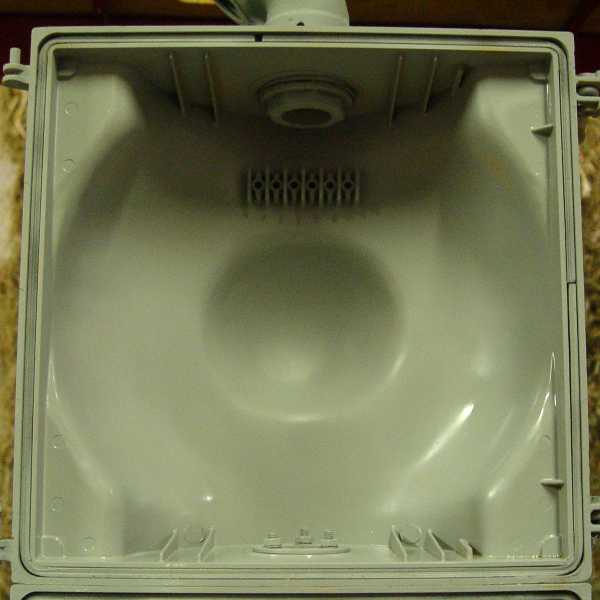
|
Conventional terminal block set on studs.
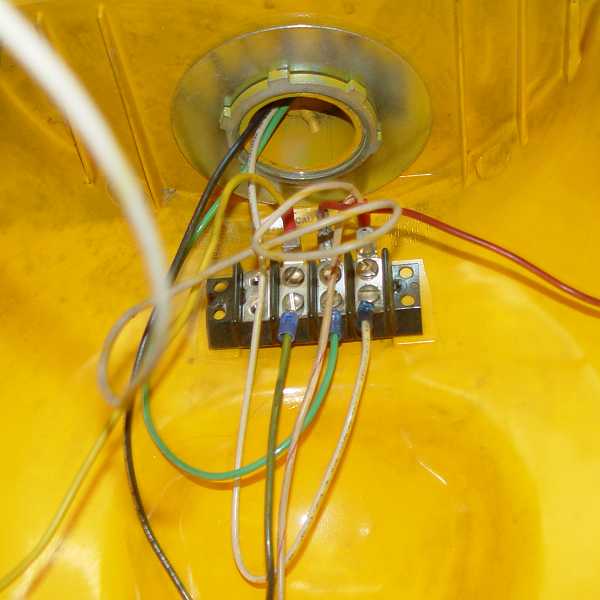
|
|
The door mounted reflector was held in place by a spring loaded wire. To change a bulb, the wire had to be released, the reflector removed, the bulb removed with care so that the socket didn't separate from the reflector, then the rather thin and flexible reflector had to be seated correctly back onto the lens gasket. The door mounted gasket saved on weight and materials, but it could be cumbersome to handle by someone up in the air dealing with a swinging traffic signal.
|
Clicking on a picture will bring up a larger view in a new window.
The reflector swings out with the door.
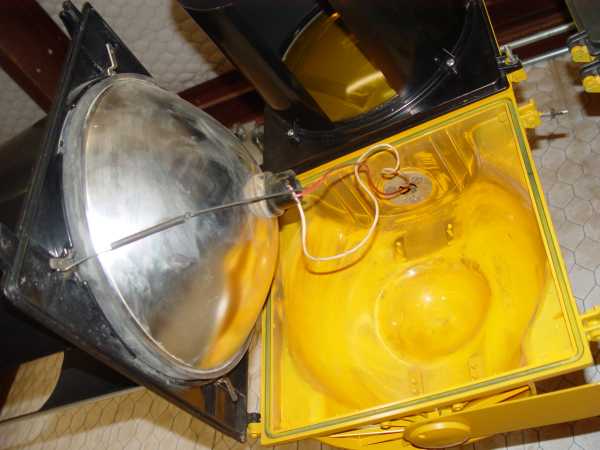
Removing the reflector to get to the bulb.
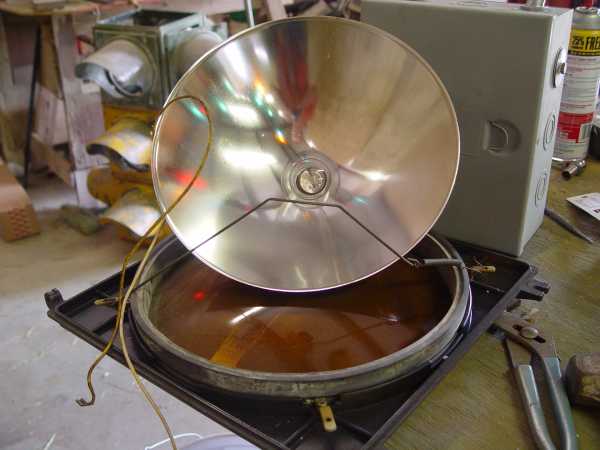
|
Reflector held tight against the gasket by the wire.
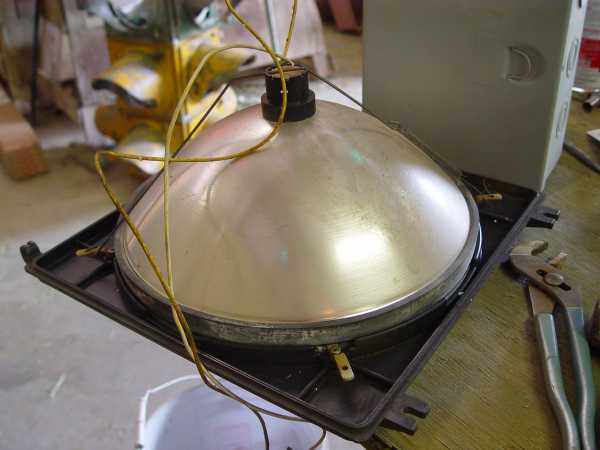
Studs in later model for hinged reflector.
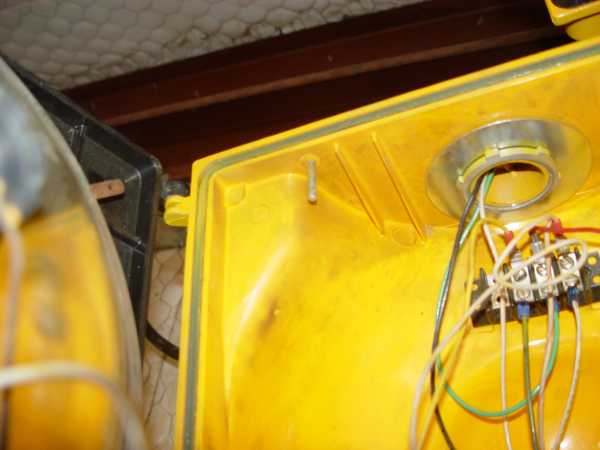
|
The later housing would accept a hinged reflector similar to the
LFE Aluminum signal and the one shown in this Eagle Alusig.
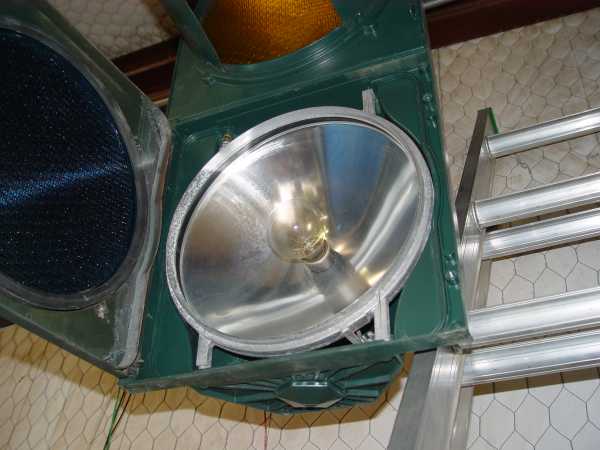
|






